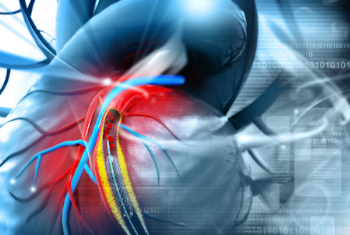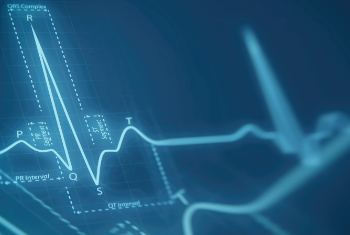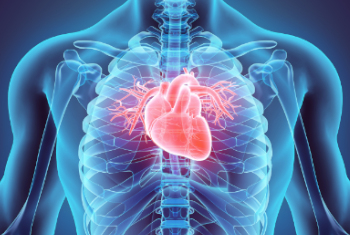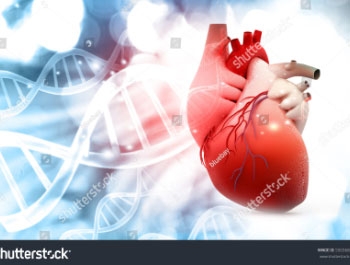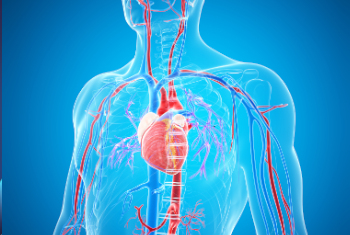Vein Therapy
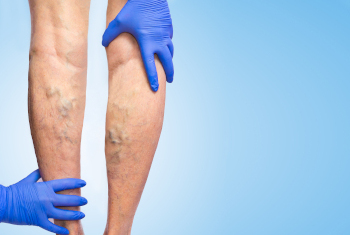
Vein disease, including varicose veins in the legs, is one of the most common medical conditions affecting Americans today. Vein disease occurs in 15%–20% of all adults and about 50% of people over the age of 50 have varicose veins.
Veins are the blood vessels that return blood from the rest of the body to the heart. The heart is high up in the body, so it has to work against gravity to push blood back up from the legs. Veins help the heart with one-way valves that open to allow blood to flow upward when the heart pumps, then close to prevent blood from flowing back down to the legs (called “reflux”). When these valves don’t work, or if the vein is damaged so the valves don’t close completely, blood can pool in the vein. This pooling causes vein disease, which can present as either spider veins or varicose veins.
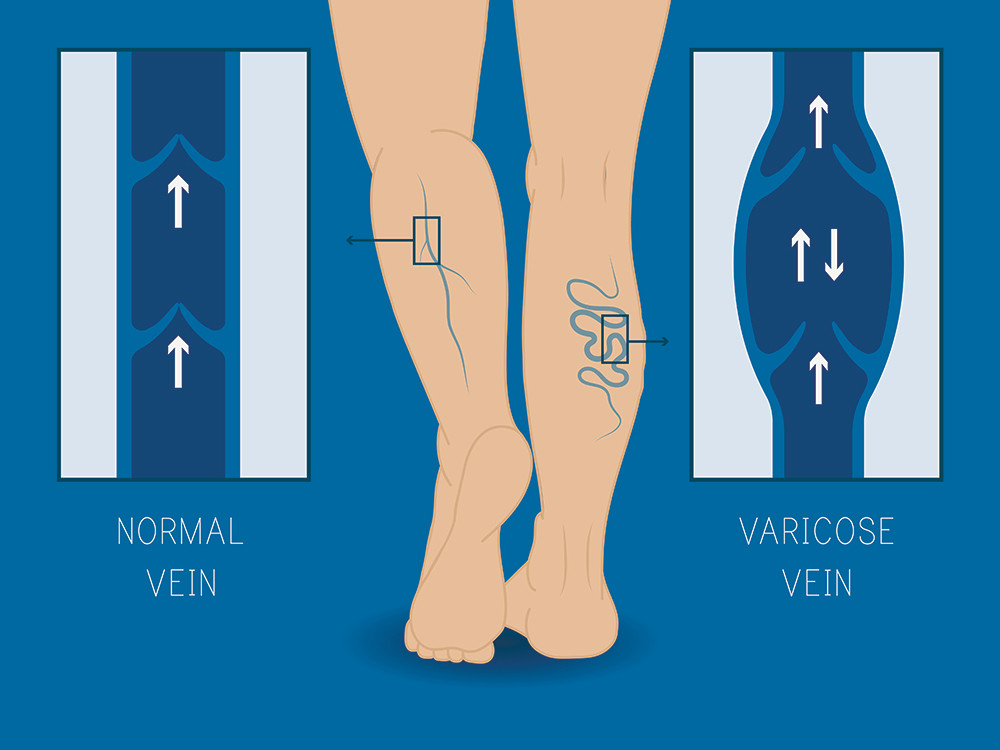
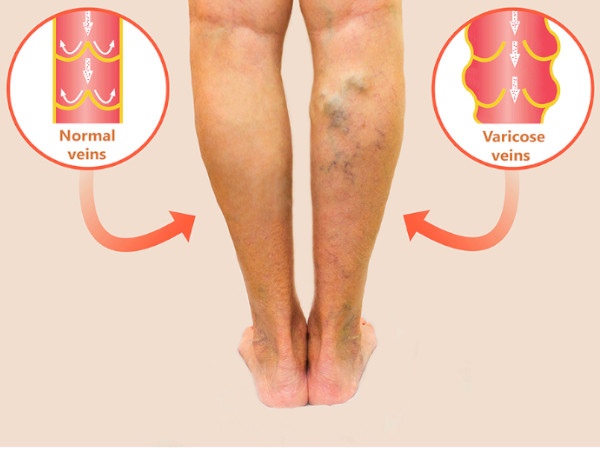
Varicose veins appear as dark lines or lumps on the legs and feet, they are also known as ‘spider veins’. Veins are the part of the vascular system. Spider veins are small colored veins seen just under the surface of the skin. Those suffering from this condition want spider veins removed for a better appearance, but spider veins can also cause significant discomfort. There are two kinds of veins in the lower extremities, deep veins and superficial veins. Superficial veins run beneath the skin’s subcutaneous layer and drain blood into the deep veins. Deep veins carry blood from the lower extremities toward the heart and lungs to be reoxygenated. This process relies on leg muscle contraction and a complex arrangement of one-way valves known as venous valves. If the venous valves fail, blood that normally flows upward, leaks back and pools inside the veins. Varicose veins are these swollen and twisted superficial veins filled with pooled blood. Anyone may develop these spider veins, especially those who have had other complications with their heart or vascular systems. Contributing factors include:
- Older age
- Family history, heredity
- Smoking tobacco
- Obesity or being overweight
- Inactive lifestyle
- Sitting or standing for long periods
- Leg injuries
- Multiple pregnancies
- Inflammation of the veins (or phlebitis)
- The hormone progesterone

